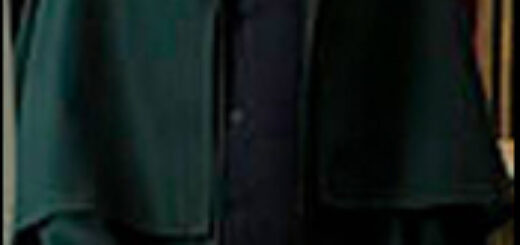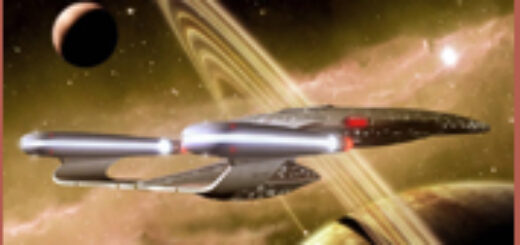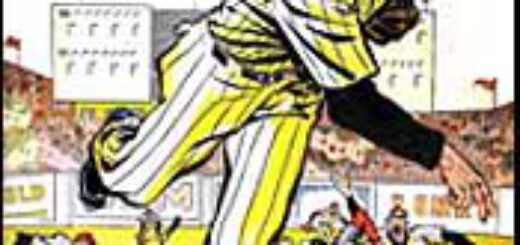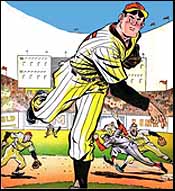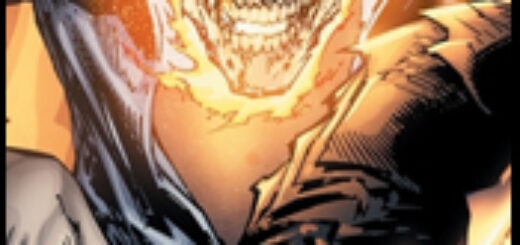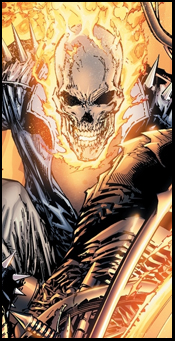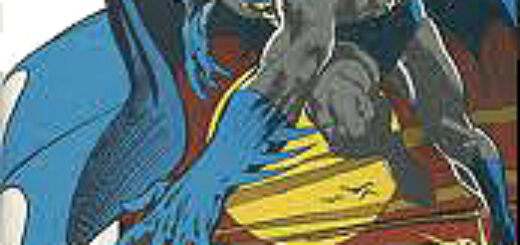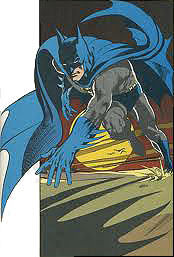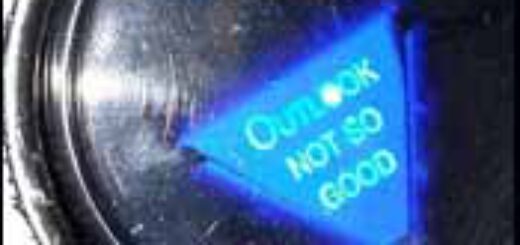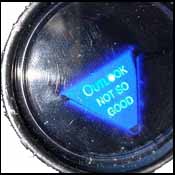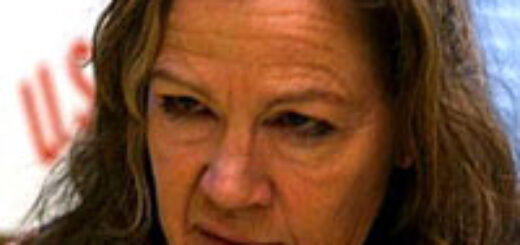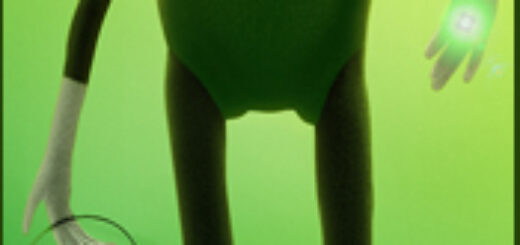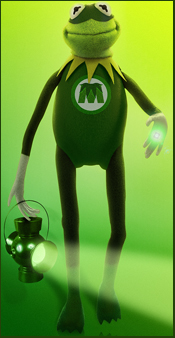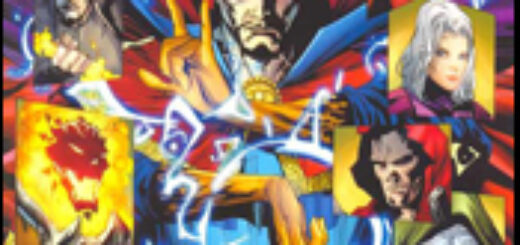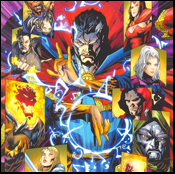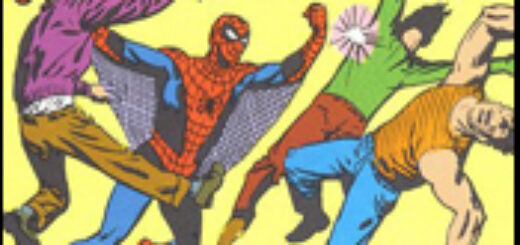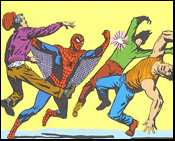JOHN OSTRANDER: WWKL?
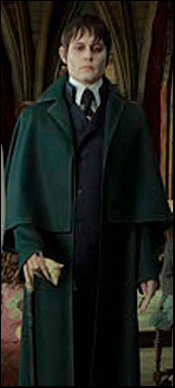 This week marked fifteen years since the death of my sometime writing partner and lovely wife, Kimberly Ann Yale. Since here we talk about pop culture in so many different forms, I thought I would pose myself a question – WWKL? What Would Kim Like? What has come out since her death that she would really have gotten into?
This week marked fifteen years since the death of my sometime writing partner and lovely wife, Kimberly Ann Yale. Since here we talk about pop culture in so many different forms, I thought I would pose myself a question – WWKL? What Would Kim Like? What has come out since her death that she would really have gotten into?
Let’s start right here – on the Internet. First of all, she would have loved ComicMix and probably would have had her own column here. Kim was a terrific essayist – much better at it than me, I think. She was thoughtful, she picked words with care and grammar and punctuation really mattered to her. Me? If it gets past spellchek, I’m good.
In fact, I think Kim would have been all over the Internet. She would have had a blog or two or three, she would have been answering other peoples’ blogs, she would have been Queen of Facebook. Facebook was invented for someone like Kim. She would have had a bazillion friends on FB. I would have had to pry the computer from her.
Kim was also big into monsters and horror, vampires being her especial faves. I think she would have favored True Blood over the others because of the sex and the melodrama and the Southern-fried aspects of it all. (Kim’s mom was Southern and Kim fancied herself as a Southern belle. Kind of hard to do when you’re born up North but her mind worked it around.) The Dark Shadows movie starring Johnny Depp? Eeeeeeeeee! She would be camped out for it right now.
I think both The Walking Dead comic and TV series would have sucked her in but she would have been tickled by Shaun Of The Dead. Kim had a terrific sense of humor and the world’s most infectious laugh. Trust me – if you were a stand-up comic or doing a comedy in the theater, you wanted Kim in the audience.
I wonder what she would have made of Cowboys And Aliens? She was the one who got me started watching westerns and they were among her favorite genre films and, of course, adding sci/fi to it would have really intrigued her but I’m not sure what she would have made of the execution. I only give it two stars and I think she would have agreed (Kim also worked as a movie critic back in Chicago for a small suburban newspaper, so she could really knew how to dissect a movie.)
On the cowboys and spaceships mode, I think she would have been into both Firefly and the movie tie-up, Serenity. And Nathan Fillion would have led her to the Castle TV series (she also loved fun mysteries and strong female characters).
Then there’s Doctor Who. Kim and I met at a Doctor Who con (actually, a combined Doctor Who / Chicago Comic Con) and she would have rejoiced at the Doctor’s return. I think she would have liked David Tennant’s Doctor the best; she would have described him as a “creamie” – as in cream your jeans. However, she would have liked all three incarnations that have come out since the series’ return and, as a writer, would really enjoyed Stephen Moffat’s writing and now running of the franchise. She would have also liked his take on Sherlock Holmes and on Jekyll and Hyde. I stopped watching the latter during its first season; not because it wasn’t good but because it really creeped me out too much.
On movies, she would have been amazed and ecstatic with The Lord of the Rings trilogy and would, as Mary and I are doing, been waiting impatiently for The Hobbit movies coming out. Viggo Mortensen would also have been counted as a creamie.
She would have been fascinated by how CGI made superhero movies possible and what happened as a result. Christopher Nolan’s Batman films, especially The Dark Knight, would have sucked her in and, come Hallowe’en, she would have dressed up as Ledger’s Joker, no question in my mind about it. I think, however, she would have been even more taken with Inception – Kim had an active dreamscape and tried to spend as much time in it as possible so the movie’s setting would have fascinated her.
She would have liked Robert Downey Jr. as Iron Man (less so the sequel) not only because he was so good (and he was) but because she was also a sucker for redemption stories and Downey’s reclamation of his career would have stirred her. She would also have really liked Chris Hemsworth as Thor (creamie) and the whole Captain America film and she would really be anticipating The Avengers, not the least because Joss Whedon is helming it.
I could go on much longer but I think I’ve tried everyone’s patience enough. I may be just projecting onto Kim what some of my own likes and dislikes are but it refreshes her memory in my own mind and heart, keeping the flame alive. She was full of life and she would have brought that with her into the future. Like all those we treasure, she lives on in me and in all those she loved and loved her.
Memory doesn’t die with the body, and neither does love.
MONDAY: Mindy Newell

